The skin leather of shoes can turning white due to a number of things. It’s critical to be aware of and comprehend these contributing aspects in order to select the best cleaning solution and after knowing these reasons, we will teach you the ways to fix it.
Actually, plus everything that we said by now, we can do it for you if you are interested.
What causes the skin to become white? The major causes of the skin turning white include bacterial or fungal development, fat/salt icing, salt stains, or metal corrosion, which all cause the skin’s surface to react and turn white.
Continue reading to find out more about why the skin becomes white.
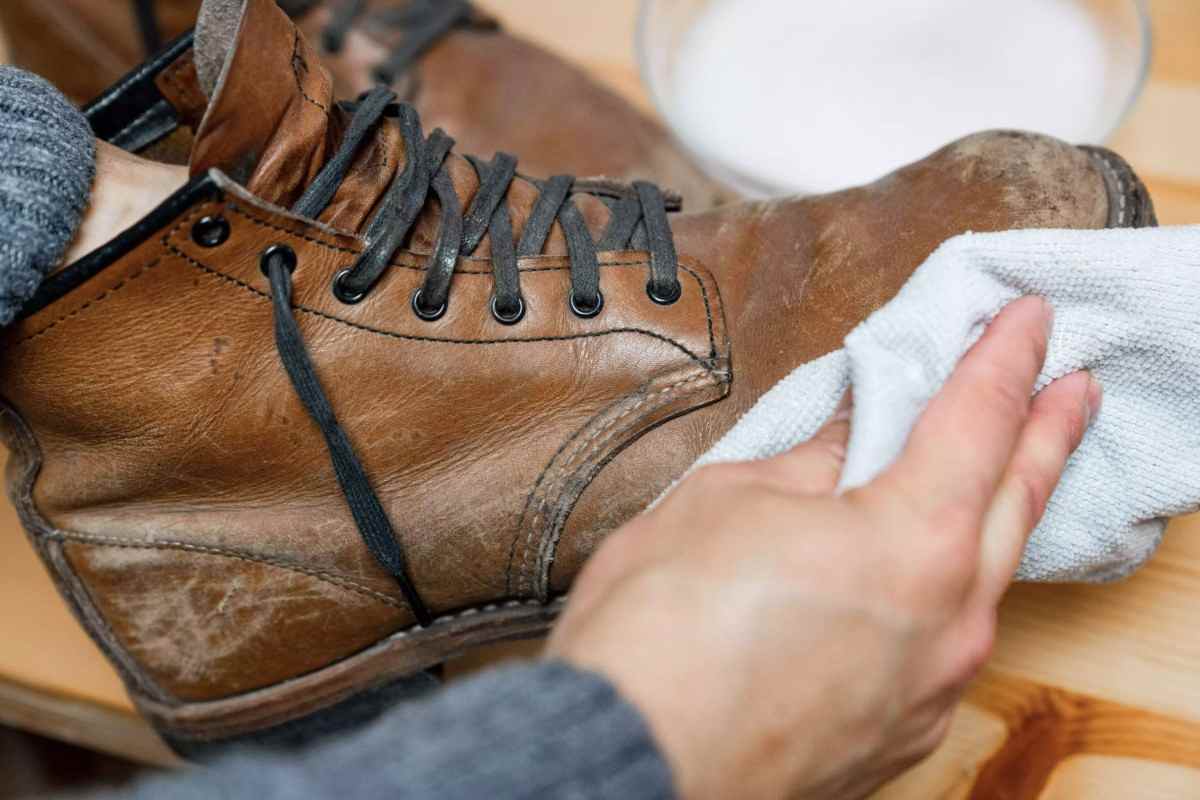
Information about the causes of white skin
- fungus or bacteria
One of the most frequent causes of skin bleaching is bacteria and fungus.
This is particularly likely to occur if leather objects have not been properly preserved for a long period.
When leather jackets, shoes, or other items are stored in damp areas, the skin may develop bacterial or fungal growth.
Additionally, leaving a piece of skin damp or wet can encourage the growth of microbes on the skin, which can turn the skin’s surface white.
The weather is another factor that encourages the growth of bacteria and fungi.
Your leather goods may begin to develop mold or mildew if the relative humidity is too high.
The same is true if you use a skin preserver that includes components like Neatsfoot oil or mink oil; bacteria or fungi may attack the skin and turn it white as a result.
Not all traces of this mold that are brought on by moisture or mildew development are white.
In other instances, it could seem dusty and green.
The scent of the skin is typically a good indicator that bacteria and fungus are to blame for your skin’s whitening.
It typically has a musty or rotten scent that falls between between the aromas of damp socks and rotting, earthy, meaty, or wood.
I’ll demonstrate how to get rid of the mold or mildew that makes leather turn white.
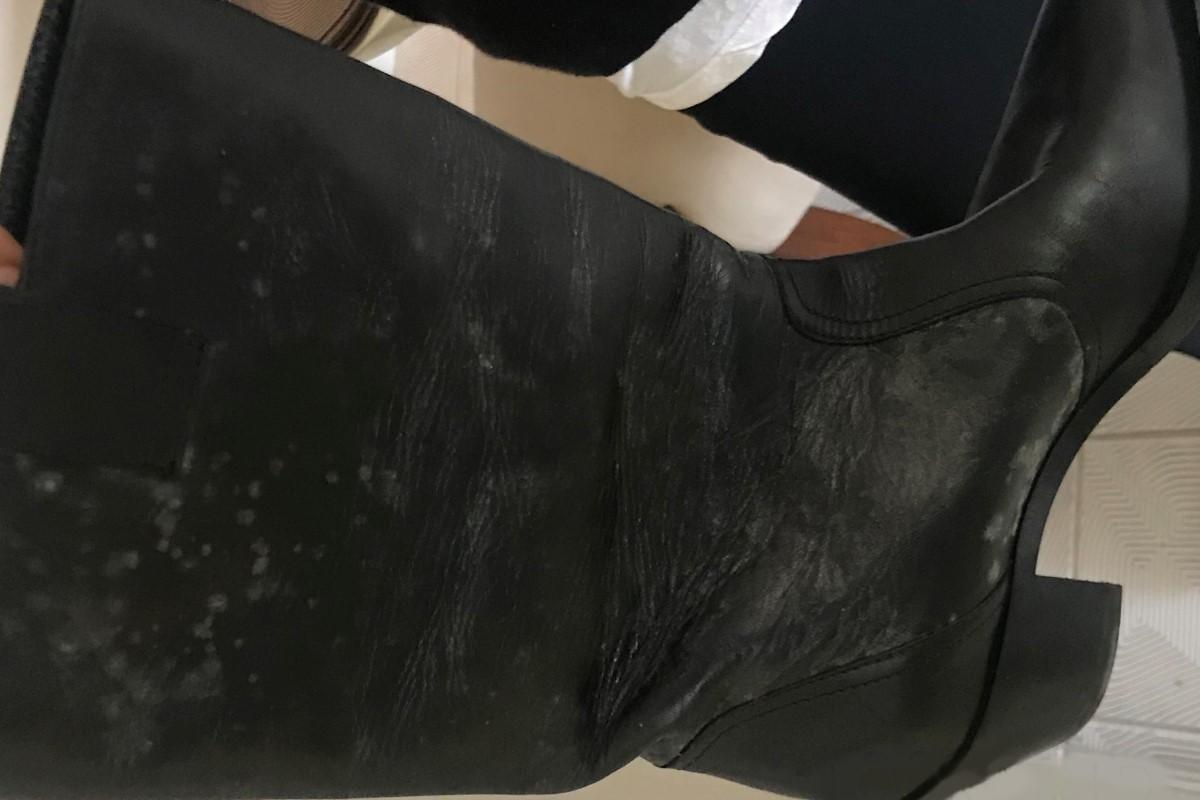
You may thus utilize materials that you presumably already have in your wardrobes, whether it be for leather vehicle seats, couches, shoes, coats, etc.
It is essential to remember that there are several varieties of leather, and each needs a somewhat different approach to mold and mildew removal.
Finished leather, unfinished leather, and suede are typical varieties of leather.
It’s crucial to understand the proper methods for eliminating harmful germs and fungus from each type of skin.
As the majority of leather items on the market have treatments on their surface, I will only concentrate on the finished leather in this essay. This is how you do it!
How to clean glossy leather of mold or mildew
As previously noted, polished leather is one of the most popular types of leather used in leather goods.
Additional layers will be added to the completed leather to assist safeguard and maintain the leather’s durability and physical look.
However, it won’t entirely shield the surface from germs or fungus.
Fungi, bacteria, and surface skin discolouration will flourish under the right conditions.
- necessary items
- gentle hairbrush
- rubbing alcohol
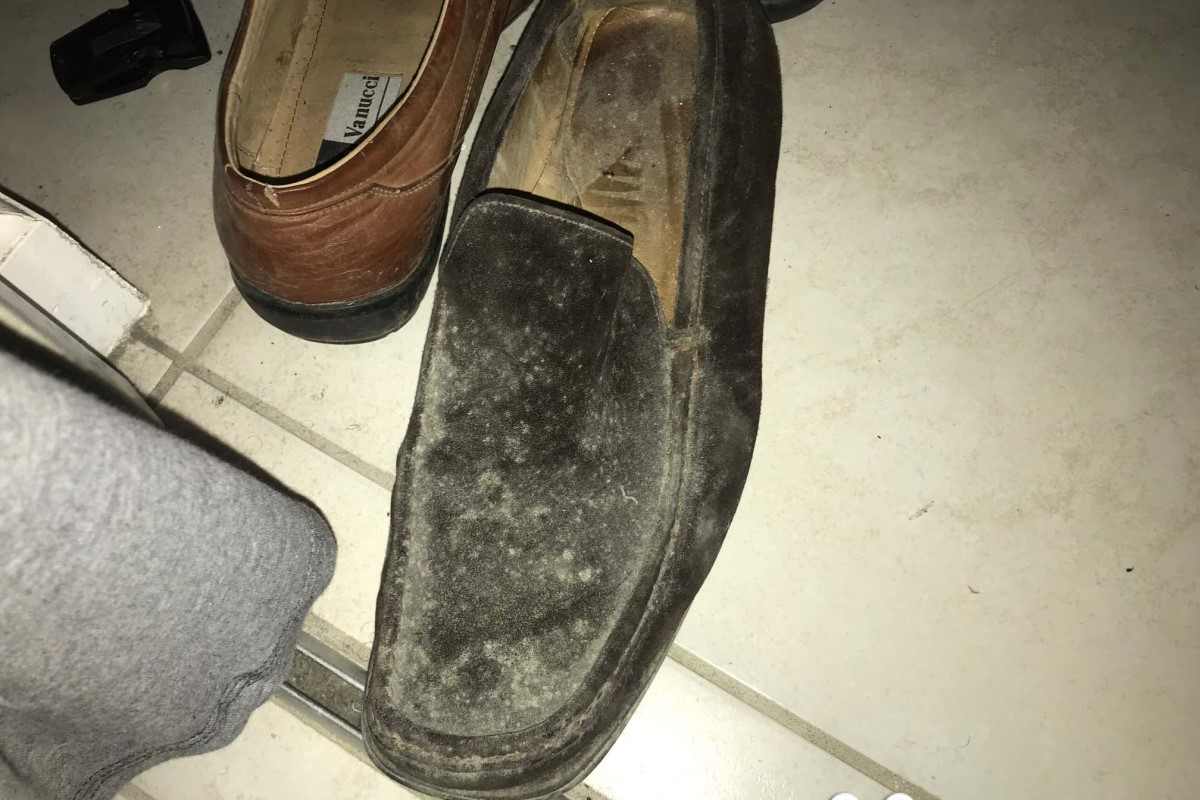
Dish soap or leather cleanser – Hose-attached vacuum with a gentle brush attachment – Skin conditioner
the program:
Step 1: Scrub the leather with a soft bristle brush to remove any visible mold or mold residue.
Step 2: If you have a vacuum cleaner, use it to get rid of any debris that is still on the leather’s surface.
Alternatively, throw the leather in the garbage or shake it out of the room.
Step 3: Wet a microfiber cloth with water, and then add two or three drops of dish soap or leather cleaner.
Step 4: Use a soft cloth to gently wipe the skin’s surface in a circular motion.
Step 5: Once the leather surface has been thoroughly cleaned, you can use a fresh, clean cloth dipped in plain water to remove any remaining foam. Alternatively, you can use the cloth you used to rinse and wring out the leather earlier.
Step 6: Combine a solution of water, rubbing alcohol, and detergent in equal parts.
Step 7: involves rinsing, wringing out the cloth, and dampening it with the solution. Wipe the skin’s surface once more.
Step 8: Allow the skin to fully dry.
Step 9: Apply leather softener and polish in to prevent residue.
- Allow the skin to air dry.
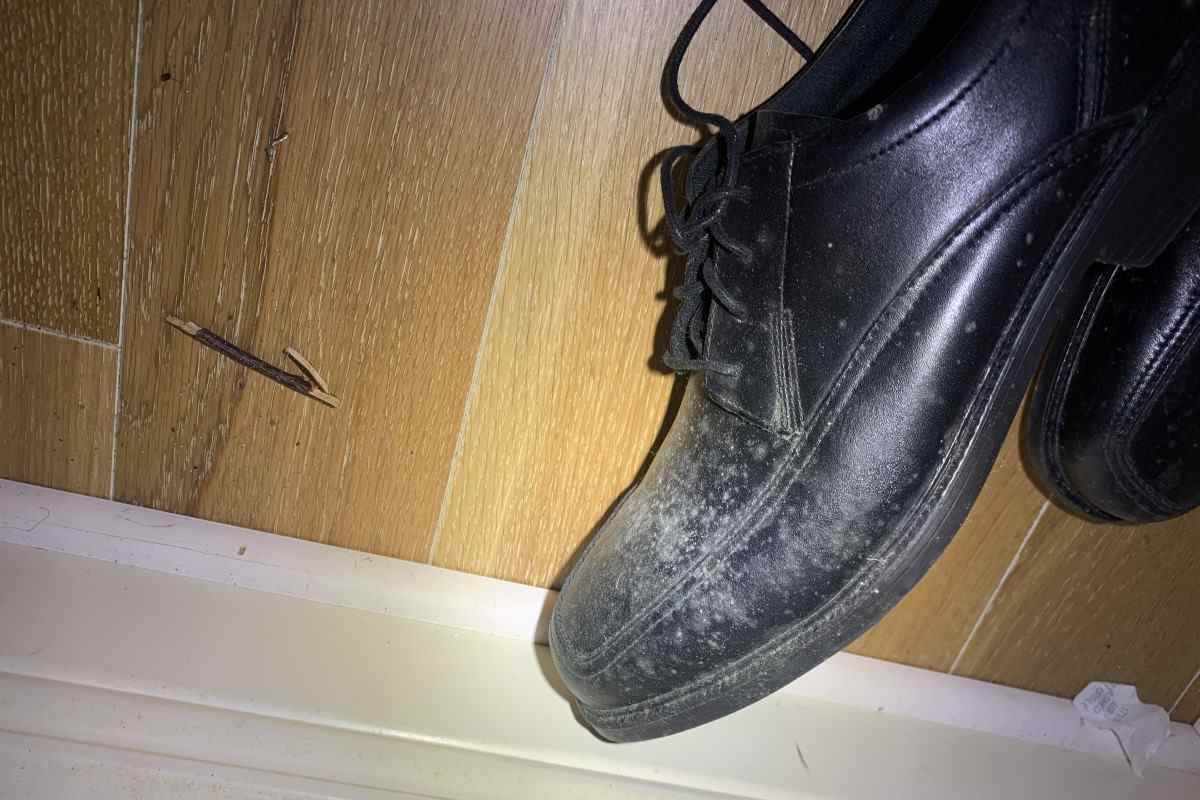
Corrosion 2.
Additionally, the surface of the skin may seem mostly white, yellowish-white, or green due to metal corrosion.
This is typically because leather products include metal fittings and fasteners to make them easier to close and open or to embellish the leather.
These metal components or hardware, as examples, include fasteners, eyelets, rivets, snaps, D&O rings, etc.
These metal components react when they come into touch with the skin (which they invariably do), leading to organometallic corrosion, especially if they are brass or copper alloys.
Overall, I’ve discovered a long-term fix for this issue, and there are a number of additional methods to lessen skin sensitivities to copper as well.
Find out what type of metal hardware was included with your leather products and, if at all feasible, replace it with secure, non-reactive metal that won’t react with silver that looks like leather.
Use a soft-bristled brush to often clean leather sections that have brass, copper, or other fittings or fasteners.
Regularly maintain and clean the leather.
Fat Bloom 3.
One of the most frequent causes of skin turning white is sebaceous development, also known as seborrheic cast, greasy spot, or greasy seed.
Fat bloom can result through the application of fats, oils, or some types of clothes soap to the surface of the leather product itself, from the use of highly oxidizing fats, oils, or waxes during the tanning process, or both.
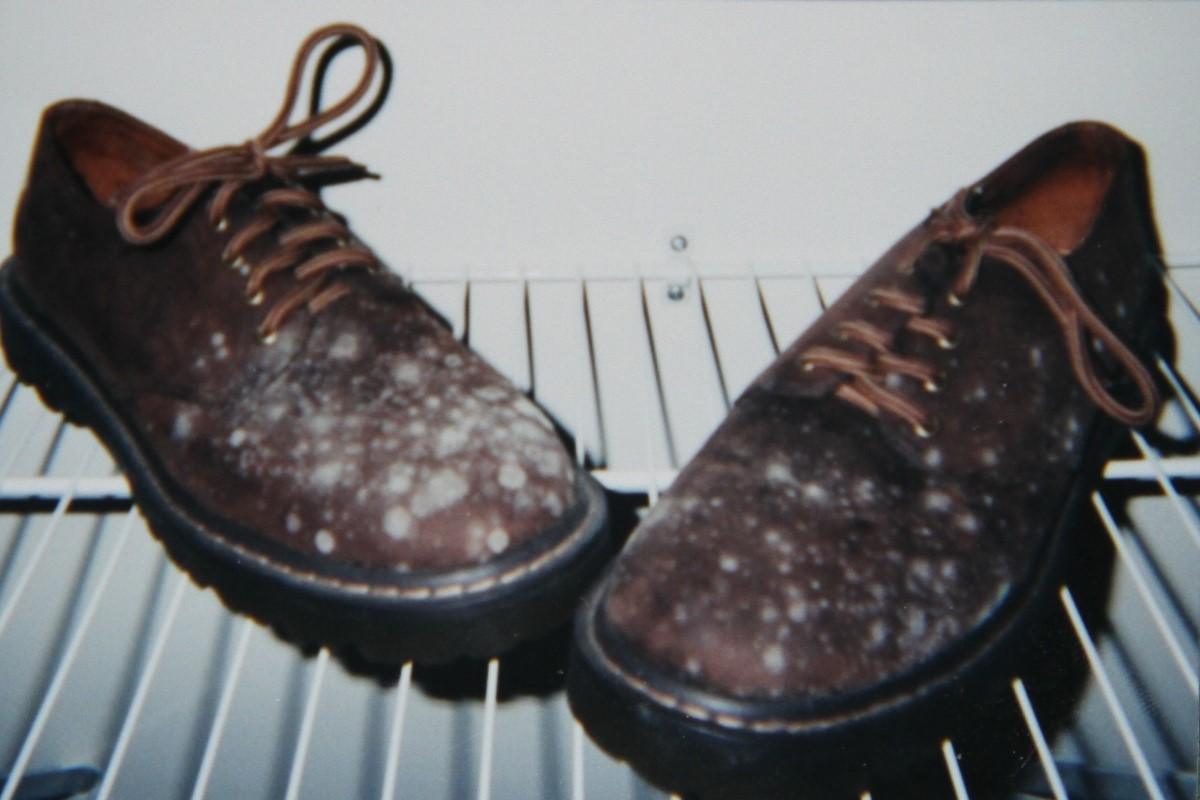
The lipid opening essentially implies that the white appearance of the skin that you will see is caused by oils and waxes that travel through the fibers of the leather before crystallizing on its surface.
This is especially true if the air, temperature, light, or humidity suddenly change.
These fats, waxes, or oils may move to the skin’s surface and crystallize there, resulting in dry frost on the skin’s surface. This is frequently mistaken with mold growth.
Because these white blossoms will seem feathery like fungal growth or fibrous, matte, the misunderstanding is understandable.
Sebaceous leukoplakia and mold development may be detected clearly under a microscope.
Treatment: The good news is that fats bloom because of internal or external oils, and they won’t hurt your leather items except altering their appearance.
The blossom can be destroyed, but if no further action is taken, it will grow again after a few days.
Fortunately, there are solutions available with a unique mix that aid in locking in fatty acids and preventing spit back.
Here’s a guide on cleaning greasy cream off of leather.

Items needed: sbo (sbo) remover. On Amazon, you may get the spit remover that Weaver Leather LLC recommends.
– A microfiber cloth – A lint-free towel or a hairbrush
the program:
Step 1: Using a horsehair brush or a lint-free cloth, simply wipe off the white overlay.
Step 2: Use a descaling agent with a microfiber cloth in accordance with the directions on the box after thoroughly dusting or brushing the white residue.
After applying a leather spray paint remover, leather shouldn’t become white if there’s any oil, grease, or wax present (spray paint).
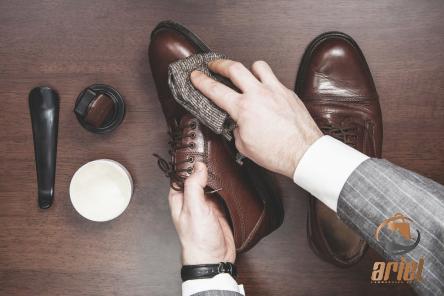




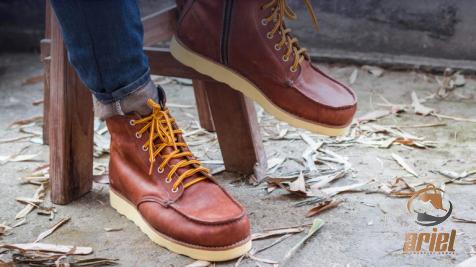


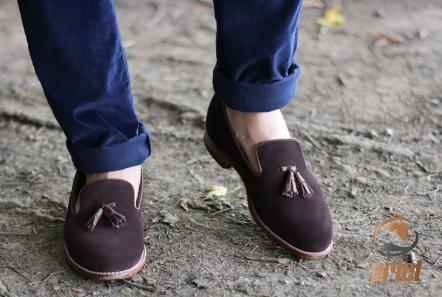

Your comment submitted.